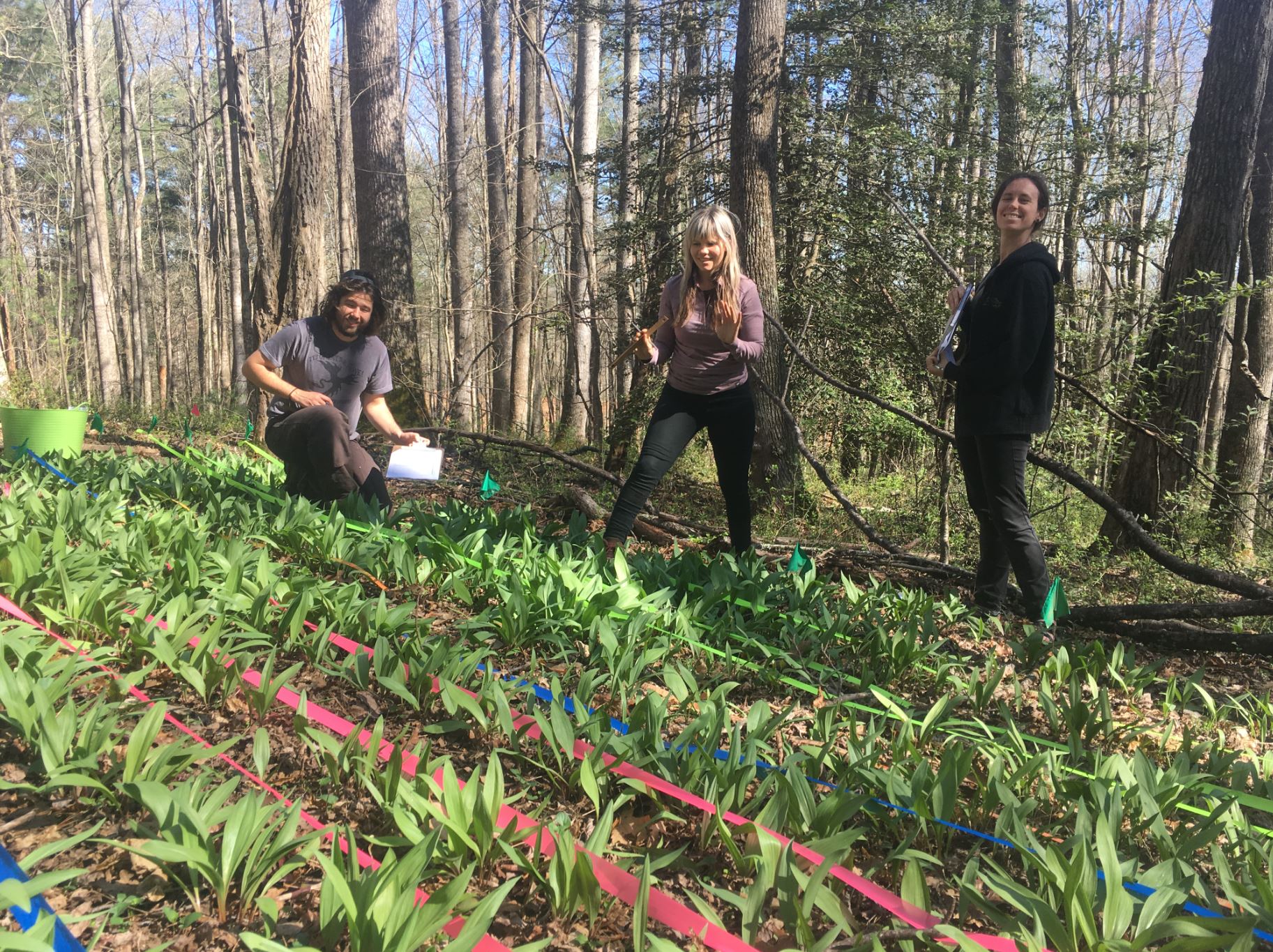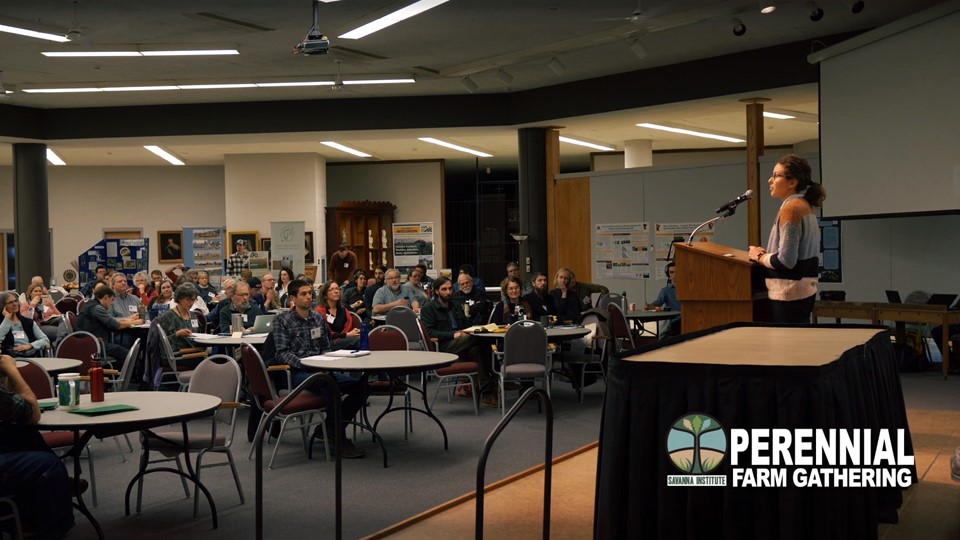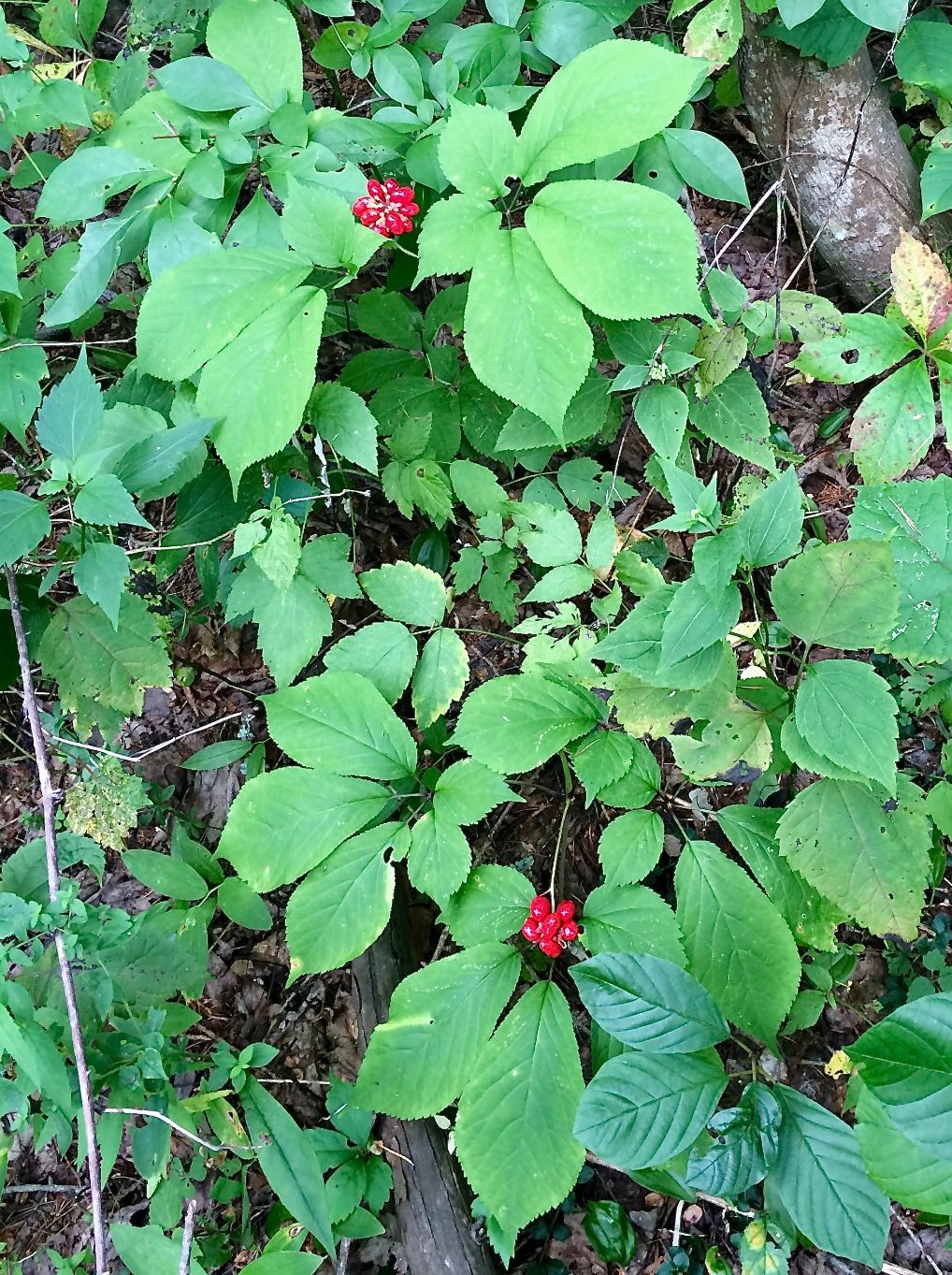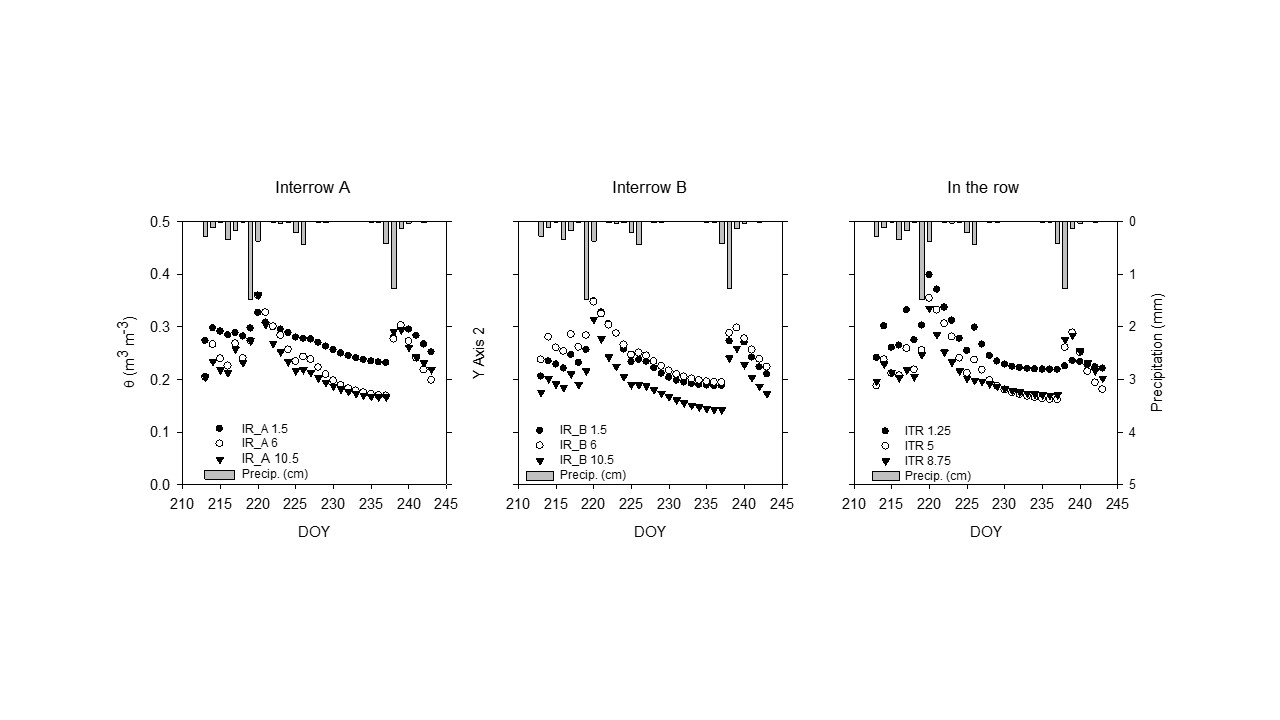Assessing Agroforestry’s Role in Supporting Insect Pollinators

Plant pollination by animals is a critical ecosystem service and an estimated 85% of the world’s flowering plants depend on animals, mostly insects, for pollination (Ollerton et al. 2011). Insect pollination is essential to food security and roughly 35% of global crop production is dependent on pollination by animals (Klein et al. 2007; Eilers et al. 2011). Globally, insect pollinators are in decline, with some estimates that 40% of invertebrate pollinator species may be at risk of extinction worldwide due to threats such habitat fragmentation and loss, use of pesticides, and diseases and parasites (IPBES 2016). By adding structural and functional diversity to agricultural landscapes, agroforestry may be able to support pollinator conservation and pollination services.
- Details
- Parent Category: 2020 Vol. 26
- Category: Volume 26 No. 1 February 2020






